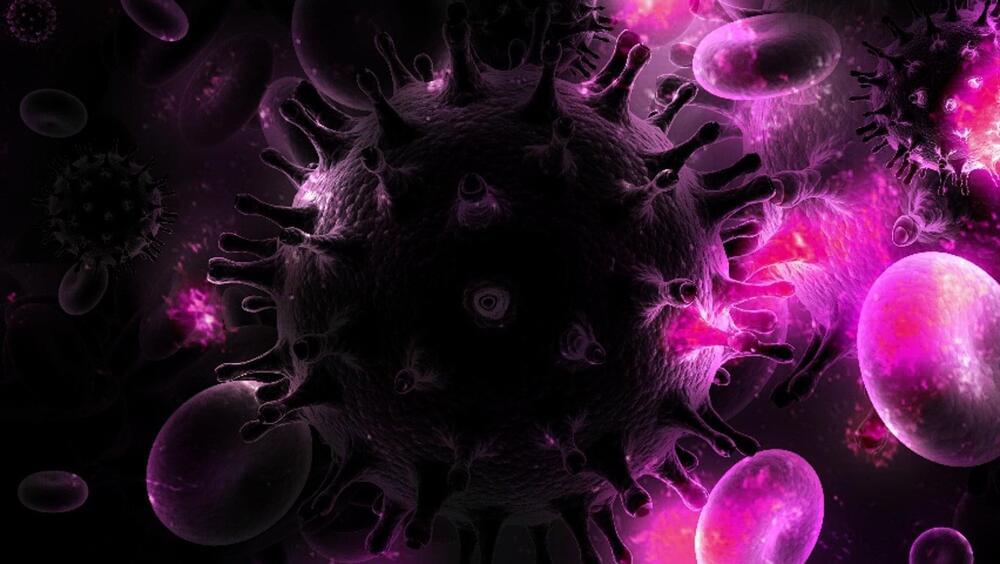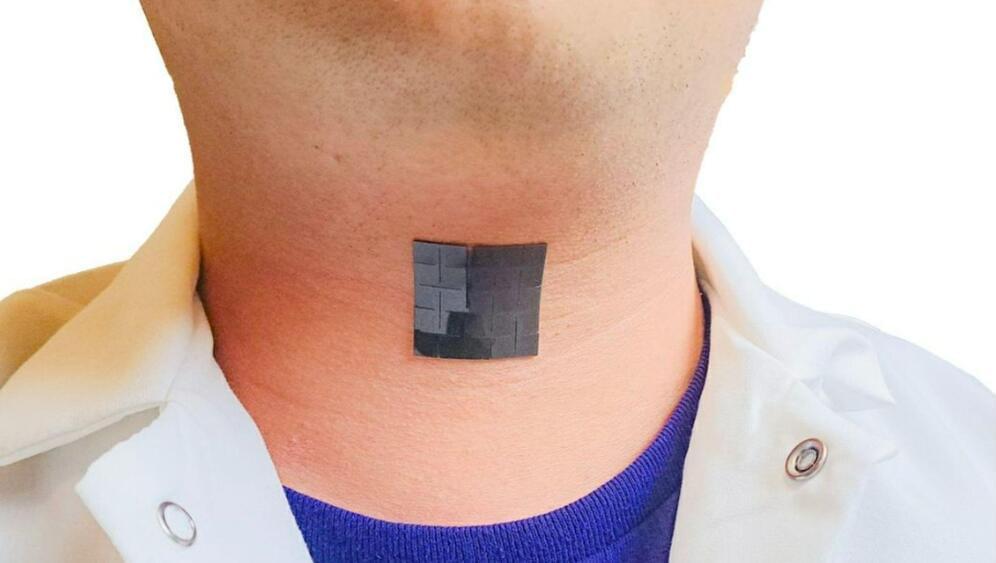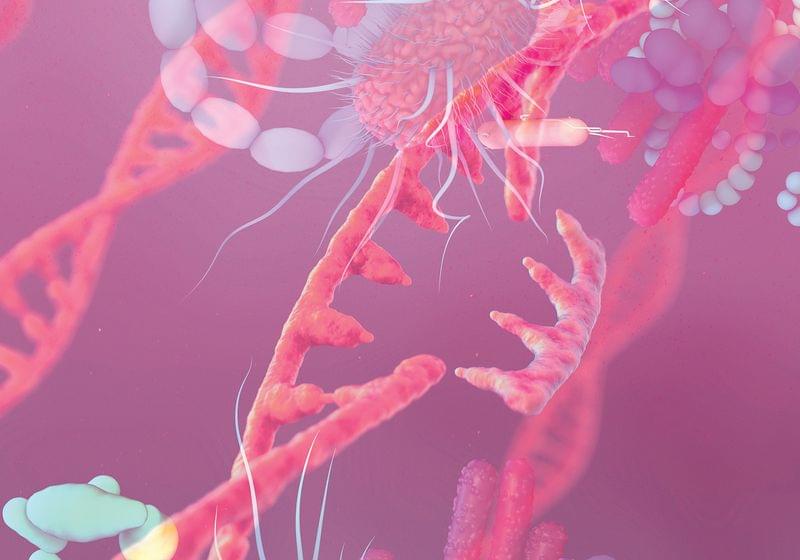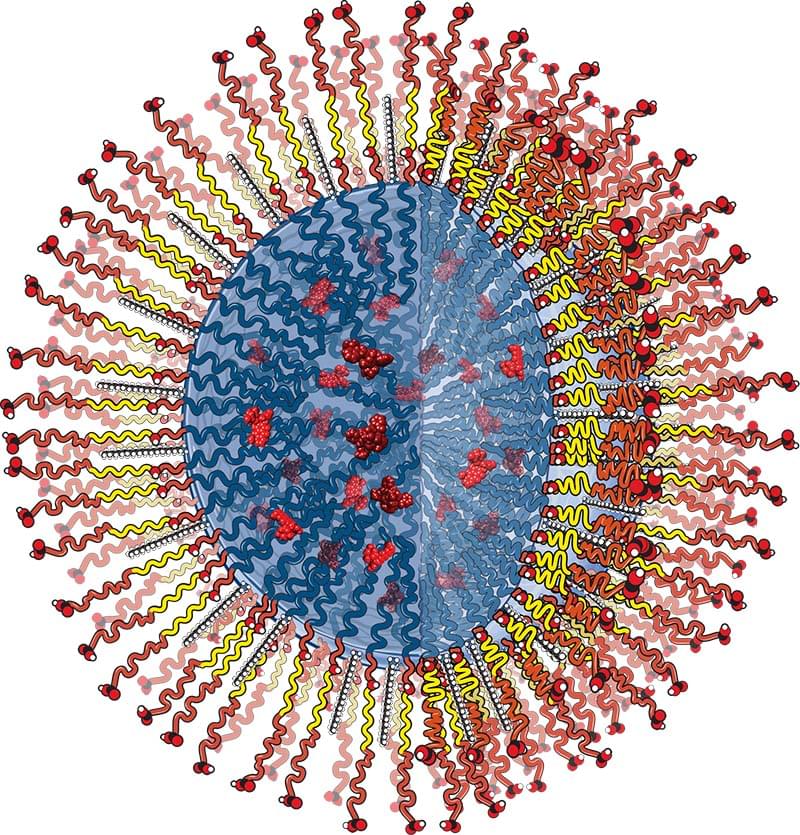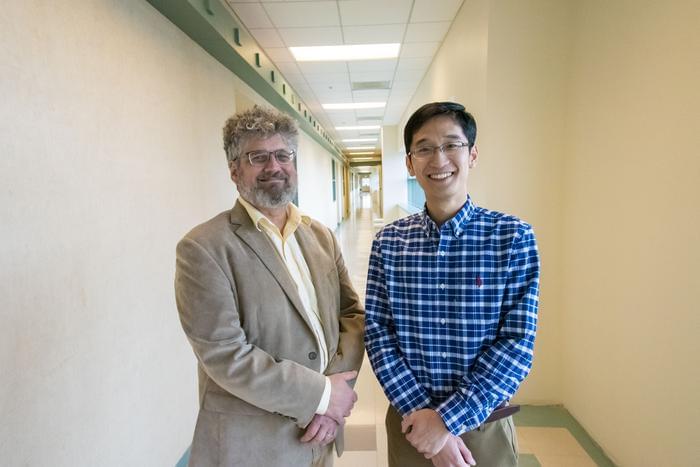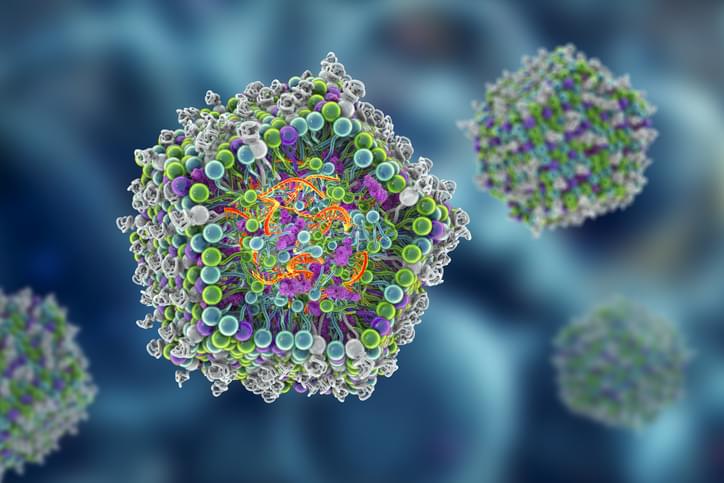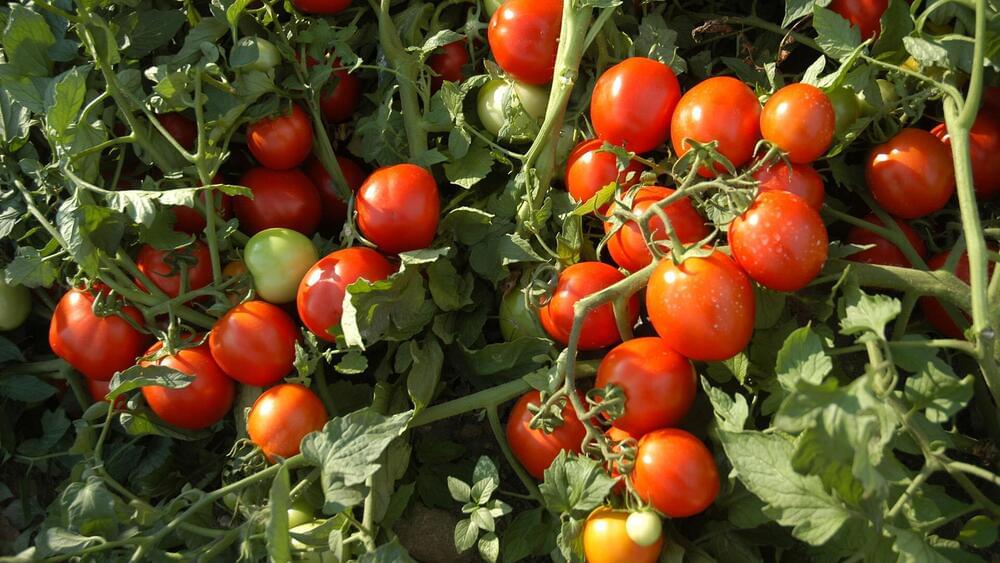The advent of CRISPR gene editing, along with nanopore genome sequencing and single-cell RNA sequencing, has allowed the study of host-microbe interactions with newfound accuracy and power. The studies taking advantage of these tools have provided insights with never-before seen precision and, excitingly, have revealed surprising findings on principles of host-microbe interactions. This special issue reviews and interprets host immunological and developmental interactions with the resident microbiome. The articles reflect on evolutionary principles guiding how hosts interact with their commensal microbiota and offer new techniques and directions for research that we hope will advance the field in the years to come.
This issue is available to buy in print. Visit our information for readers page for purchasing options.

